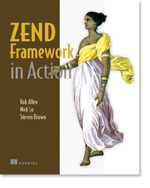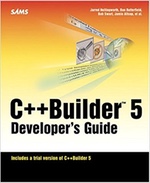Free the Geek appearance
I was delighted to spend an hour chatting with Matt Setter on episode 14 of Free the Geek. In this podcast, we talked about Slim 3 and development in general. Matthew gives me a great introduction (thanks!) and then we delve into the chat. We talk about the importance of semantic versioning as I think this is key to stability in a project. It's not very glamorous to work on code where you have to… continue reading.


